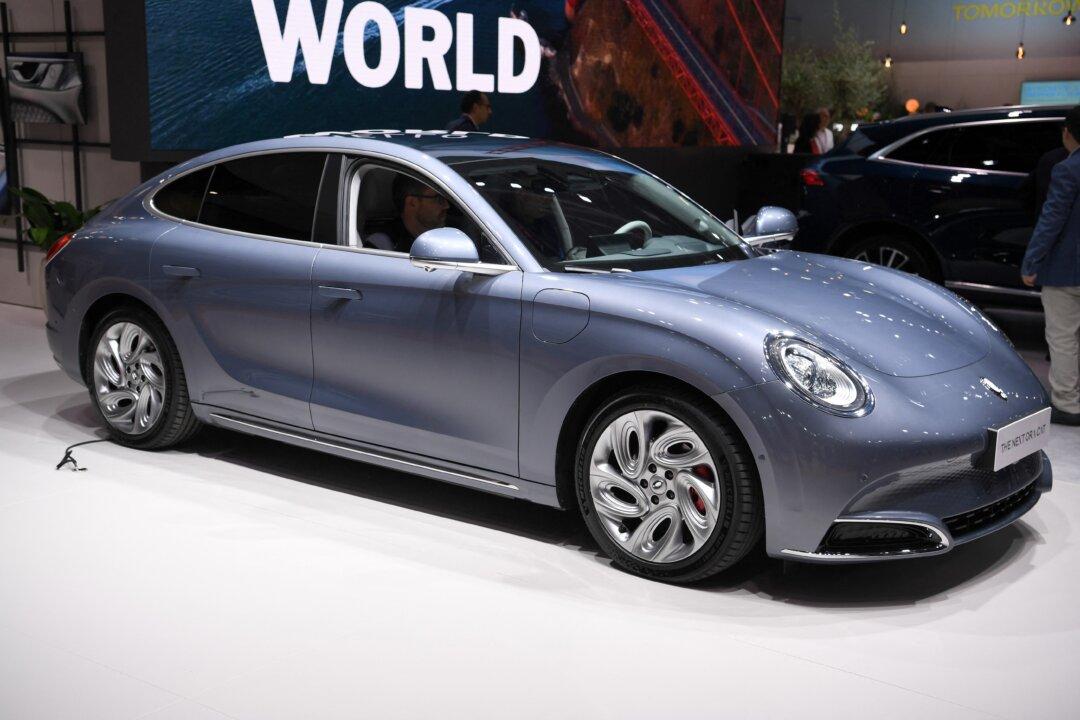The electric vehicle (EV) price war in Australia has intensified as the third Chinese automaker enters the race with a significant price drop.
Great Wall Motor (GWM), a Chinese car manufacturer, has announced it would slash $4,000 (US$2,700) from the entry model of its Ora, an electric hatchback, bringing the price down to $39,990.





